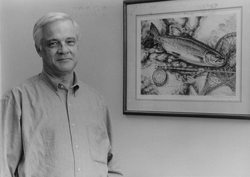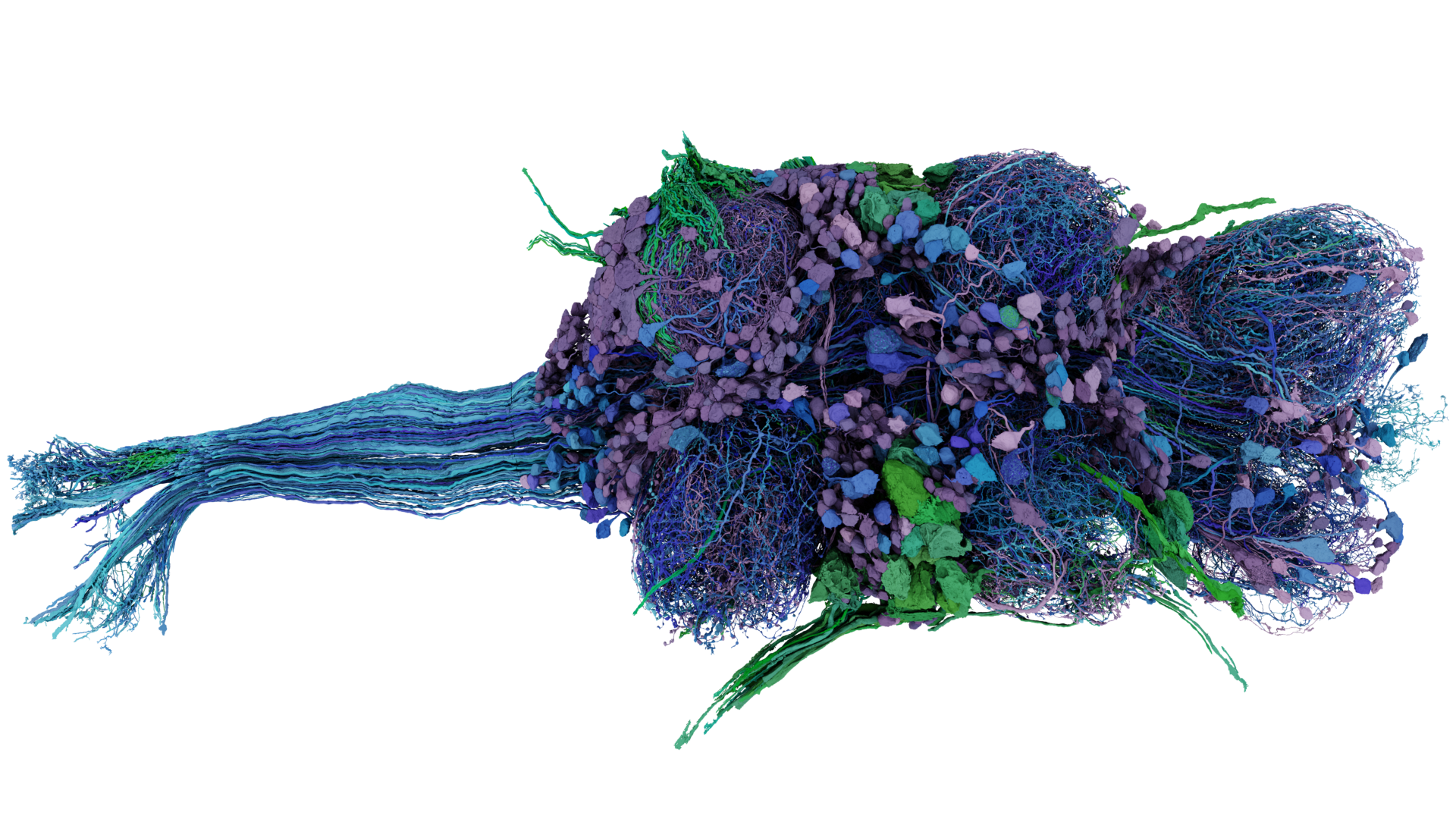
Wayne E. Crill, neuroscientist, neurologist, teacher, and academic leader, died August 21, 2012 on Mercer Island, WA from complications of a neurodegenerative disorder. He was 77.
Dr. Crill was born in Nampa, Idaho, received a B.S. degree from the College of Idaho and his M.D. degree from the University of Washington School of Medicine. He took his residency training in neurology under Fred Plum at New York Hospital at Cornell University. Since 1966, the rest of his professional life was spent in Seattle where he served as Chief of Neurology and Director of the Epilepsy Center at the Veterans Administration Medical Center, Chair of Physiology and Biophysics at the UW School of Medicine (1983-1999), and Professor of Physiology and Biophysics and of Medicine, Neurology. For many years Crill chaired the hugely popular Mechanisms of Physiology course for medical students in the first year of their medical curriculum. He introduced live interviews of patients who had recovered from highly instructive neuro- and neuromuscular diseases. The students’ attention was riveted, and his style of eliciting the history from the patient was masterly. He was with Bill Catterall a co-founder of our Neuroscience and Behavior program. Wayne was an all-around good person with an extraordinary combination of quiet intelligence, strength, and humanity. He was respected and loved for his defense of academic principles, his skill at reaching consensus, his delight and curiosity in science, and the fairness of his judgments. He was kindhearted and accepting of the differences between people in a way that attested to an honest humility and straightforwardness. Yet he made hard decisions with admirable firmness. These qualities made him much sought after as the chair of many scientific and academic review committees both at home and abroad and fostered harmony and quality in the department he led. Each offer of a scientific position he made to prospective junior faculty was accepted and added to the success and growth of a strong Department of Physiology and Biophysics. To promote relaxed interactions of faculty and trainees he initiated our very successful and ongoing annual retreat in a rural setting. He improved the lives of patients, colleagues, students, trainees. Wayne received the UW Medicine Distinguished Medical Alumnus Award and the College of Idaho Lifetime Achievement Award and he was made a Fellow of the American Association for the Advancement of Science. He was recognized both by the Wayne E. Crill Endowment donated by friends and colleagues and by the Wayne E. Crill Endowed Professorship donated by his former student Dr. Bud Tribble and his wife Susan Barnes.
Wayne’s own scientific research, often with close collaborator Peter Schwindt together with a series of trainees, pioneered in revealing mechanisms of electrical excitability in motoneurons of the spinal cord, action of anti epileptic drugs, and excitability of pyramidal neurons of the cerebral cortex. He developed a bond of trust and support with his coworkers. They published more than 120 original research papers and book chapters. Early on with Schwindt, in arduous late night experiments, he developed voltage clamp techniques for spinal motoneurons that they then would eventually extend to the cerebral cortex. Schwindt writes of Wayne’s “ability to remain calm and focused–totally un-ruffled–in the midst of crisis and an unerring ability to see the best way to proceed in the face of unclear choices.” As a scientist Wayne Crill will be remembered best for discovering a persistent calcium current in spinal motoneurons neurons and a persisted sodium current in cortical neurons that amplify the responses to synaptic inputs and change the firing properties.
Wayne had a good sense of the ridiculous and quiet humor. Many remember his way of signaling skepticism with a characteristic roll of his eyes. He made many friends. He was a splendid listener, a good companion, an excellent critic, and a quiet and warm persona. He and Jean went to their cabin in Arlington and he made annual trips to HiHium Lake Fishing Resort in British Columbia with selected angler colleagues. They remember the image of Wayne peacefully casting for trout on the Skagit River. There he was with pipe in his mouth, carefully tying flies or fishing while telling fishing stories. He became intrepid, competitive, and even reckless, continuing to fish with his graphite rod during thunderstorms. He was an avid reader of the essays in New York Review of Books where he could preview the neuro-social commentaries of Oliver Sachs. He loved art and early music, first playing the trumpet, then the recorder, and eventually studying the harpsichord. The harpsichord stood prominently in the living room during their fabled holiday parties.
Wayne Crill is survived by Jean his wife of 51 years, daughters Betsy and Jennifer, son Wayne D. Crill, and 7 grandchildren.
A Celebration of Life will be held on Wed., Sept. 19, at 2 pm in Hogness Auditorium, UW Health Sciences Center. In lieu of flowers, remembrances can be made to the Wayne E. Crill Endowment Fund, or to a favorite charity.

